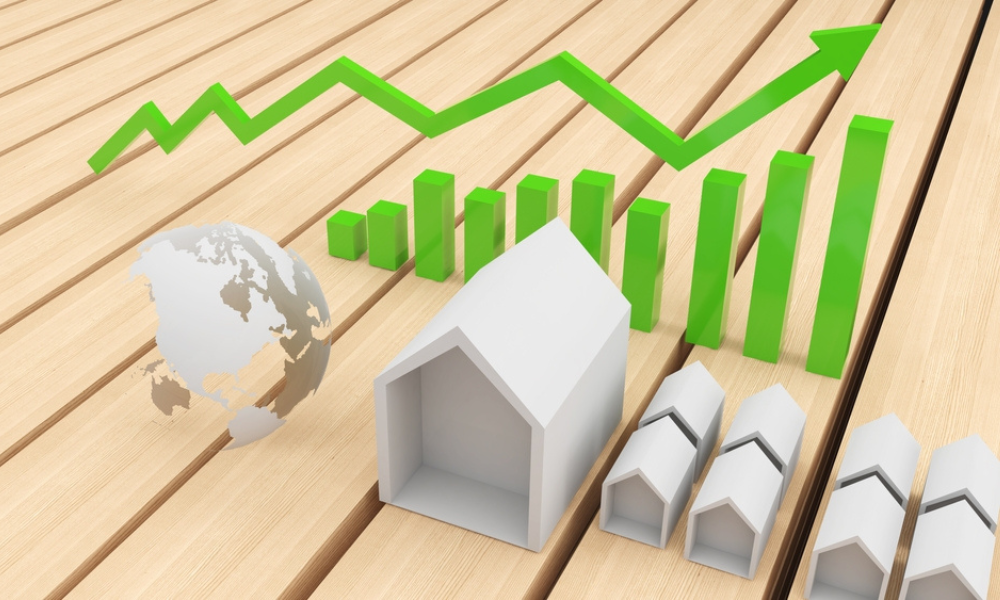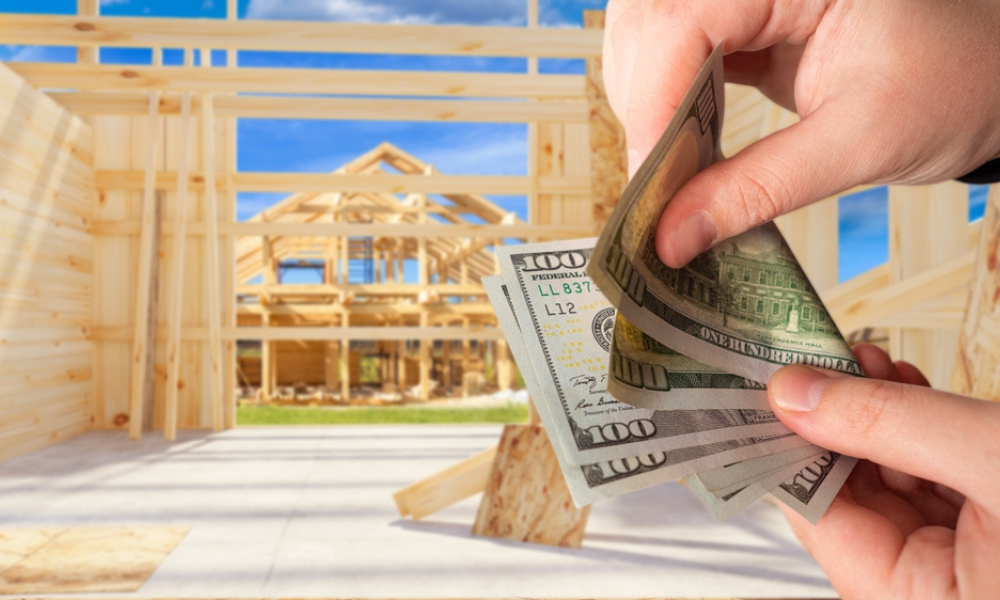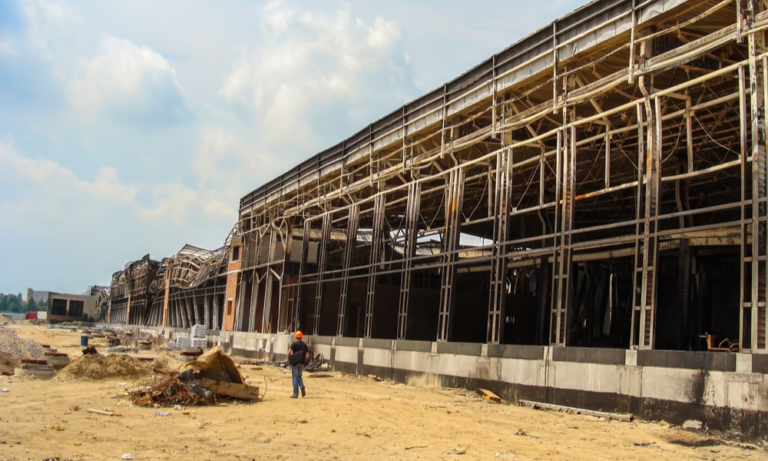Estimated reading time: 5 minutes
When you’re planning a construction project, getting a handle on the framing budget is like setting the foundation for success—quite literally. Framing plays a vital role in ensuring the strength and safety of your structure, but the costs can vary widely depending on several factors. I’ll guide you through what affects these expenses so you can plan confidently and avoid any unexpected surprises.
What You’ll Learn:
The major factors influencing construction costs.
Potential hidden expenses to watch for.
Tips to save money while maintaining quality.
Common pricing ranges for various types of framing.
What Is Framing, and Why Does It Matter?
Framing is the skeleton of a building. It provides structural integrity, keeps everything aligned, and allows other systems (like plumbing and electrical) to fit seamlessly. Without proper framing, the house—or commercial space—won’t stand the test of time. Think of it as the sturdy spine of a body that keeps everything upright. A little humor? Imagine skipping framing altogether; you’d have walls resembling a Jenga tower during a windstorm.
What Affects the Cost of Framing?

When it comes to setting your budget, it helps to understand what influences the final price tag. Let’s break it down.
1. Materials
The type of material you choose makes a big difference. Wood is often the go-to option because it’s affordable and versatile, while steel is more expensive but offers better strength and longevity. Engineered wood can also be a good middle ground. Deciding which material fits your project best might take some research, but I’d recommend checking out this article on wood vs. steel framing for a deeper comparison.
2. Labor
Labor costs are another significant factor. Skilled framers (like yours truly) come with a price tag because precision matters. A poorly done frame can lead to costly fixes later. Additionally, labor rates vary based on location, experience, and project complexity. Hiring professionals ensures quality work while saving you money on future headaches.
3. Project Size
The bigger the project, the more you’ll pay for framing. A modest two-bedroom home will cost much less than a sprawling multi-story commercial building. Size determines the amount of material and time needed, which directly impacts the bill.
4. Complexity
Complex architectural designs—like vaulted ceilings, angled walls, or intricate layouts—require extra time and expertise, leading to higher costs. If your design is straightforward, you’ll save a fair chunk of change.
5. Location
Your project’s location plays a role in pricing. In urban areas, labor rates are generally higher, and accessing materials might be easier. Conversely, remote locations can rack up extra transportation costs for materials and equipment. Plus, different areas have varying building codes, which might add to your expenses. For a deeper dive into inspections and regulations, this guide on framing inspections is worth a look.
6. Timeframe
Rushing a project? That’ll cost more. Tight deadlines often mean higher labor rates since workers may need to work overtime. Giving yourself a reasonable timeline helps keep costs manageable.
Hidden Costs to Watch For
Even the best estimates can leave out a few sneaky expenses. Here’s what to keep on your radar:
Permits: These vary by location and are often required to meet local regulations.
Cleanup Fees: Framing generates waste, and proper disposal costs money.
Unforeseen Repairs: Issues like rotting wood or structural damage can drive up costs.
It’s always a good idea to allocate a contingency fund for unexpected surprises.
How Much Will You Pay?

Framing costs depend on the specifics of your project. On average:
Residential Projects: Expect to pay between $7 and $16 per square foot.
Commercial Projects: Larger structures can range from $15 to $30 per square foot.
Special Features: Custom elements (like unique layouts or decorative details) will add to your bill.
For more information on how framing impacts structural integrity, you might find this article insightful.
How to Save Money Without Compromising Quality
Here are a few practical ways to cut costs while keeping your project on track:
- Plan Ahead: Rushing leads to mistakes—and extra expenses.
- Choose Simple Designs: Keep layouts straightforward to reduce time and material needs.
- Hire Experienced Professionals: A skilled contractor might cost more upfront, but they’ll save you from expensive errors down the line. If you’re not sure how to pick the right one, check out these tips.
- Source Materials Smartly: Bulk purchasing or working with local suppliers can help lower material costs.
- Stick to Your Budget: It’s tempting to add features mid-project, but staying disciplined can save you a lot of money.
Real-Life Examples
Let’s consider two projects to illustrate costs:
Small Home Build: A 1,500 sq. ft. home with a simple layout might cost $12,000–$20,000 for framing.
Commercial Space: A 10,000 sq. ft. office with a complex design could easily hit $150,000 or more.
FAQs
Q: Can I do the framing myself to save money?
A: While DIY framing is possible, it’s risky unless you’re experienced. Mistakes can lead to structural issues that cost more to fix later.
Q: How can I tell if my framing contractor is good?
A: Look for reviews, ask for references, and make sure they have experience with projects similar to yours.
Q: Are there benefits to spending more on framing?
A: Absolutely. A well-done frame ensures durability, safety, and a smoother construction process overall.
Conclusion
Understanding framing costs is key to building on a solid foundation—literally and financially. From materials to labor, size to complexity, each factor plays a role in determining your budget. By planning ahead, choosing the right professionals, and staying disciplined, you can manage costs effectively without sacrificing quality.
If you’re ready to start your project, have questions, or need guidance, feel free to reach out. Let’s build something that stands the test of time!



